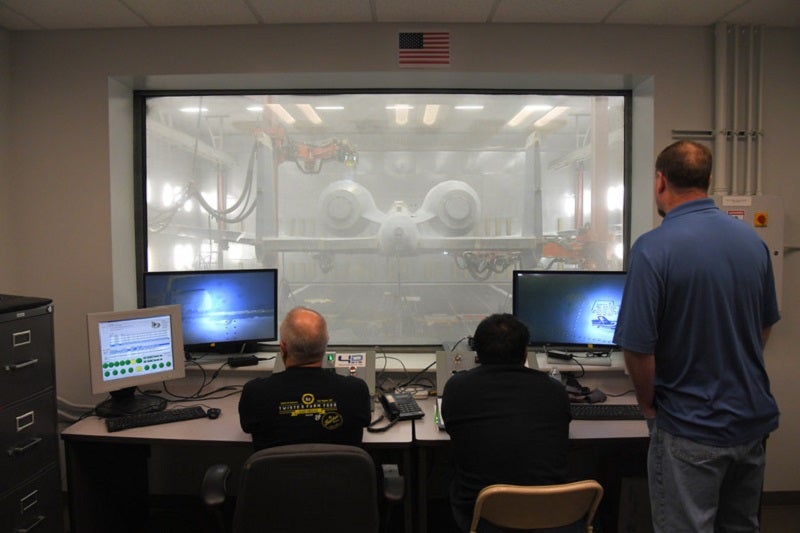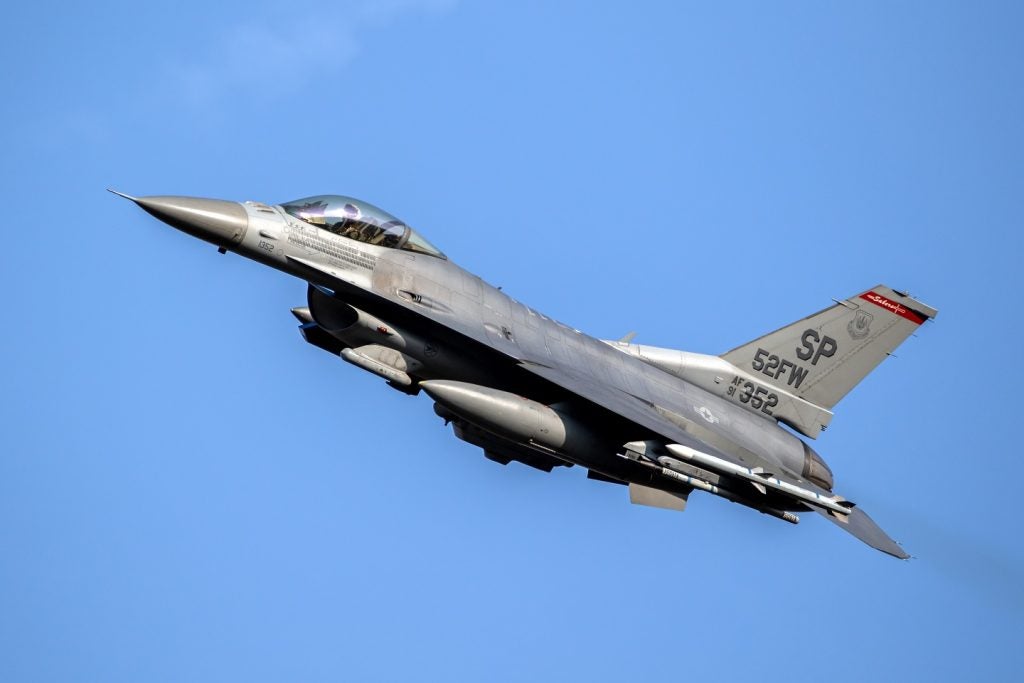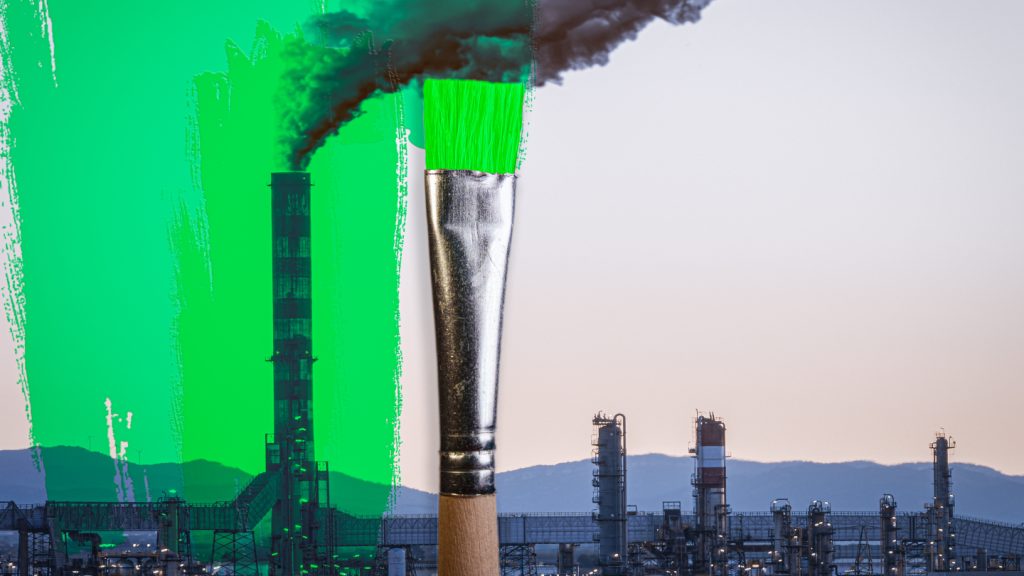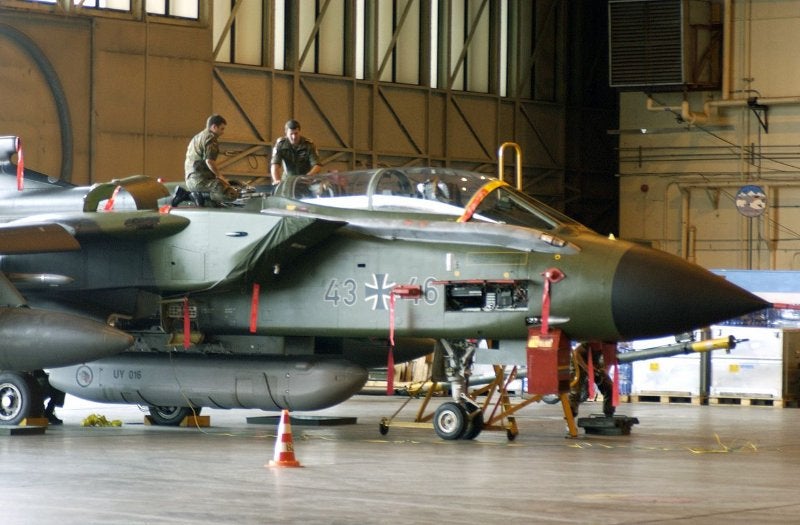
The 576th Aircraft Maintenance Squadron is leveraging the robotic media blasting technology for the first time to remove paint from the A-10 aircraft at Hill Air Force Base (AFB) in the US.
With the use of the new robotic technology, the squadron is expanding its capacity by adding capability.
New-generation robots are used to strip paint from A-10 Thunderbolt II aircraft that arrive at Hill AFB for depot overhaul and maintenance.
The latest process is expected to reduce man-hours and increase safety by removing employees from the blasting atmosphere, resulting in time and costs savings.
576th Aircraft Maintenance Squadron director Tim Randolph said: “There are going to be across-the-board improvements, including a dramatic reduction in exposure to a Hexavalent Chromium dust environment.
“Savings will also be seen with reduced operating time and less power consumption, as well as reduced costs in material. We really haven’t found a downside to this system.”
How well do you really know your competitors?
Access the most comprehensive Company Profiles on the market, powered by GlobalData. Save hours of research. Gain competitive edge.

Thank you!
Your download email will arrive shortly
Not ready to buy yet? Download a free sample
We are confident about the unique quality of our Company Profiles. However, we want you to make the most beneficial decision for your business, so we offer a free sample that you can download by submitting the below form
By GlobalDataThe new paint removal process is carried out by two robots, which each have four hose attachments that move independently along both sides of the aircraft.
576th Aircraft Maintenance Squadron Corrosion Control Flight chief James Gill said: “Compared to the manual paint stripping method, the robots use half the amount of blast media at half of the air pressure, while removing an extremely precise thickness, uniformly, across the entire aircraft surface.
“This translates into a process that is less stressful on the aircraft skins and saves money in media cost, while creating only half the waste stream.”
A new laser burn process is also being tested at the AFB on F-16 aircraft. The squadron expects the application of the process to the A-10s going forward.
Combined together, the three processes are capable of reducing the total time an aircraft spends in depot maintenance.
Last August, Boeing secured a potential $999m 11-year contract to deliver sustainment work on the USAF A-10 Thunderbolt II aircraft.







